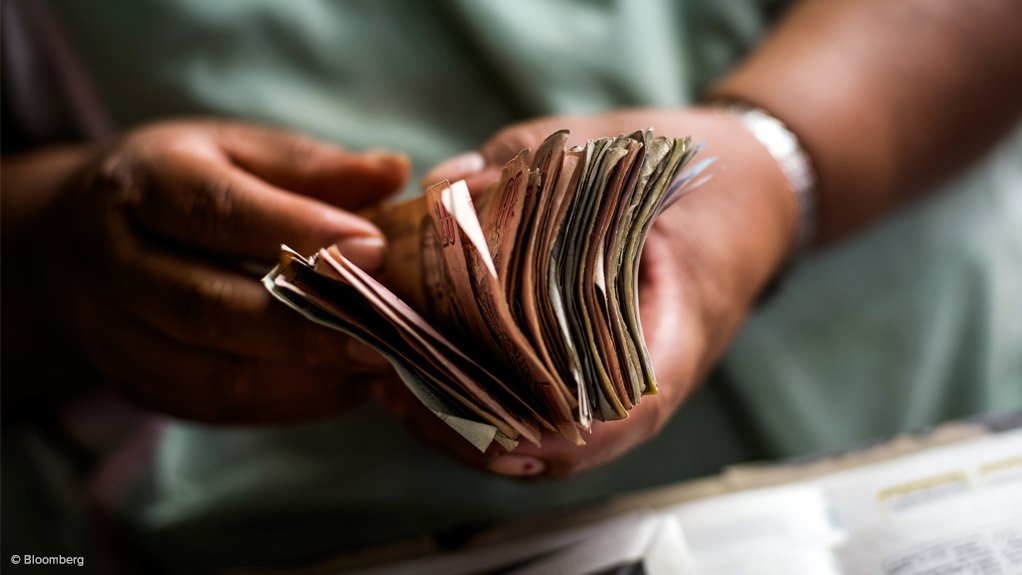Africa’s share of global foreign direct investment (FDI) has reached its highest level in a decade, with FDI in sub-Saharan Africa leading the trend, professional services firm EY’s 2014 Africa Attractiveness Survey has shown.
According to the report, which combined analysis of international investment into Africa since 2003 with a 2014 survey of over 500 global business leaders, while FDI project numbers had declined from 774 in 2012 to 750 in 2013, primarily as a result of ongoing uncertainty in North Africa, the number of projects remained well above the precrisis average of 390 projects a year.
EY stated that there was a noticeable divide between FDI trends in North and sub-Saharan Africa.
FDI projects in North Africa declined by nearly 30% last year, while projects in sub-Saharan African increased by 4.7%, reversing the decline of 2012 and further widening the gap between the two subregions, with sub-Saharan Africa’s share of FDI projects in Africa now exceeding 80% of total FDI.
“Africa’s share of global FDI projects has grown steadily over the past decade and it is a promising sign that investors are now looking across the continent and to new sectors. Further regional integration and infrastructure development should continue to entice investors to the exciting investment opportunities that Africa can offer,” EY Africa CEO Ajen Sita said.
The report also found that investors were starting to look beyond the more established markets of South Africa, Nigeria and Kenya to expand their operations, and were also moving into more consumer-related sectors in line with the expansion of Africa’s middle class.
EY said there was significant movement in the list of top ten countries by FDI projects in 2013.
“Only South Africa and Nigeria retained their first and third positions from 2012 with 142 projects and 58 projects respectively. However, FDI projects in both these countries witnessed a slight decline. Countries such as Kenya, with 68 projects, Ghana, with 58, and Mozambique, with 33, all moved up the ranks,” the firm said.
Meanwhile, Zambia and Uganda were new entrants to the top-ten list, with 25 and 21 projects respectively, an increase of more than 20%.
In contrast, North African countries, such as Morocco, Tunisia and Egypt, slipped on the rankings.
In 2013, both West and East Africa surpassed North Africa for the first time, becoming the second- and third-most attractive subregions in Africa after Southern Africa.
Further, the report also found that, while the UK remained the lead investor in the continent, intra-African investment continued to rise.
The UK was the clear leader in 2013 with 104 projects, with the US in second place at 78 projects and South Africa in third place at 63 FDI projects.
While South Africa’s investment declined by 16% from that of 2012, it still showed a significant increase from the 12 projects reported prior to the global financial crisis.
There was also sharp uptake in FDI projects by Spanish and Japanese companies with increases of 52% and 77% respectively.
Meanwhile, African investors nearly tripled their share of FDI projects in the last decade from 8% in 2003 to 22.8% in 2013.
EY said this growth was fuelled by the need for improved regional value chains and the strengthening of regional integration, while African investors’ understanding of the market and of the potential opportunities and challenges also drove growth.
“External investors supply long-term capital, skills and technology, and intra-African investment creates a virtuous circle that encourages greater foreign investment,” EY Africa Business Centre lead partner Michael Lalor said.
SECTORS
EY said it had noted a significant shift away from extractive industries towards consumer-related sectors in 2013.
The top three sectors in 2013 were technology media and telecommunications, with 150 projects, retail and consumer products, with 131 projects, and financial services, with 112 projects.
These three sectors made up more than 50% of the total FDI projects for 2013.
Further, FDI projects in the real estate, hospitality and construction sector increased by 63%, making the sector the fifth most attractive, up three positions from 2012. On the other hand, for the first time ever in 2013, mining and metals exited the top-ten sectors when measured by FDI project numbers.
When asked about the three sectors that would offer the highest growth potential for Africa in the next two years, investors highlighted the rising importance of agriculture, which ranked only marginally behind mining and metals.
Increasingly, infrastructure was also perceived as a key growth sector along with consumer-facing industries, including financial services, telecommunications and consumer products.
“Although perceptions indicate that resource-driven sectors are expected to remain the industries with the highest potential over the next two years, the actual numbers show that infrastructure and consumer-facing sectors will increase in prominence as the middle class expands and consumer spending on discretionary goods increases,” Lalor commented.
Looking ahead, Africa’s growth prospects were likely to remain solid as an urbanisisng and rising middle class drove demand for consumer products and improved services, Sita said.
“Africa’s stronger investment attractiveness is best explained by its own sustained growth rates in the context of slower global growth,” he noted.
EMAIL THIS ARTICLE SAVE THIS ARTICLE
To subscribe email subscriptions@creamermedia.co.za or click here
To advertise email advertising@creamermedia.co.za or click here











